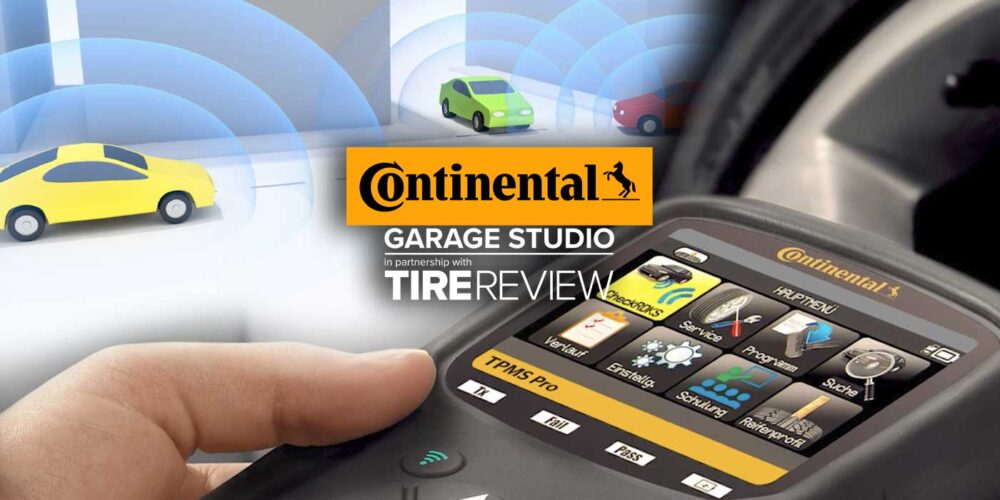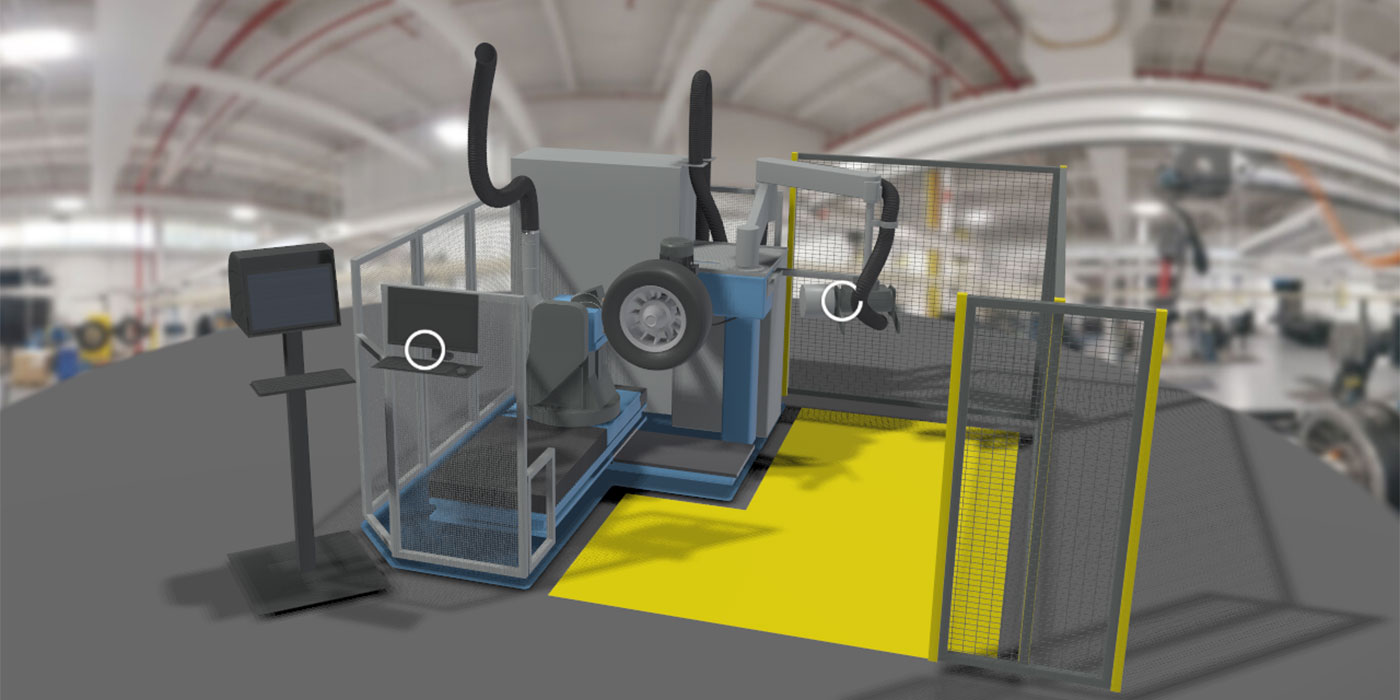That these collectively totaled in thousands rather than hundreds says much about what is happening on the roads of the region.
Of course, the reasons for all this carnage are diverse. There is the very rapidly increasing vehicle population combined with an infrastructure struggling to catch up, driver inexperience, the need for more and better road safety education and the often-poor separation of vehicles from pedestrians. Add to this cocktail of problems, such issues as proper vehicle maintenance and the starting point for identifying effective solutions appears elusive.
For politicians and others with a responsibility in these matters, the need for action is clear even if they are less than certain what form it should take. We have seen it all before in many walks of life. When the pressure is on the temptation for knee-jerk reaction is as irresistible as it is futile.
Something like this seems to be occurring in Malaysia just now as the East Malaysia Daily Express News has reported a move by the government to phase out retreading on grounds of safety by 2007. Excuse me?
Well, it seems that all those pieces of tyre rubber and thrown treads we see alongside our highways from time to time have been attributed by the authorities to poorly processed retreads. Were it so?
Studies in Europe and elsewhere have shown conclusively that this is far from the truth and that this debris comes from both new and reprocessed tyres, the only common denominator being the fact that the tyres involved are much more likely to have been abused in service than to have suffered some manufacturing defect.
Even if a manufacturing defect were to be the cause, the appropriate action should be to identify the manufacturer concerned, new or retread, and demand the appropriate safety recalls.
Stigmatizing unfairly an entire category of products such as retreads is ill-informed and completely unscientific. It will make no more discernible contribution to safer driving than a ban on retreaded tyres on the world’s aircraft fleet would make flying any safer.
The fact is that aircraft casings are often retreaded up to half a dozen times in the course of their lives.
In a roundabout way this brings me back to a couple or more issues that I have touched upon before. The first is the need for the tyre industry as a whole to talk more about the contribution its products actually make to road safety and the need for greater tyre awareness on the part of drivers and operators of every type of vehicle. Tyres, as much as brakes, are critical safety components and we need to make more of this message, but don’t let us throw out the baby with the bath water by wrongly demonizing a blameless and economically beneficial category of product.
However, beyond all this is the need for the retreading industry as a whole to stand up and defend itself. The report in the East Malaysia Daily Express News was brought to my attention by TRIB (America’s Tyre Retread Information Bureau) whose vigilance and determination to protect the image of retreading in North America and beyond is quite commendable.
Retreading needs more bodies like TRIB around the world if individual retreaders are to protect their businesses, retain the ability to make an increasingly essential contribution to tyre recycling targets and to combat ill-informed prejudice. This is yet another reason for new tyre makers too to enter this debate and to support the pro-retread argument more publicly, especially because this is an area where the interests of both tyre and retread producers clearly converge.
Tyremen Gather
So might read the familiar headline whenever industry conferences, exhibitions and other gatherings are reported on, but apart from being somewhat sexist just how accurate is it?
Although women in rubber (sorry) are still the exception rather than the rule in Europe, that is no longer the case in much of Asia where many women are to be found embracing the black art.
Visit any Asian tyre event these days and female tyre executives can be seen everywhere. Regrettably, this is still far from the case in Europe where at most events the only women to be seen are the hospitality assistants that most large exhibitors still find so essential to the business of exhibiting.
In Europe, female tyre professionals still have a tough time building a career in a tyre industry where the alpha males still rule.
Will things change? They have to and for the better, I hope. Women would bring new insights and professionalism into the way we operate here in Europe, just as they now are in many parts of Asia. Once again you are showing us the way.















